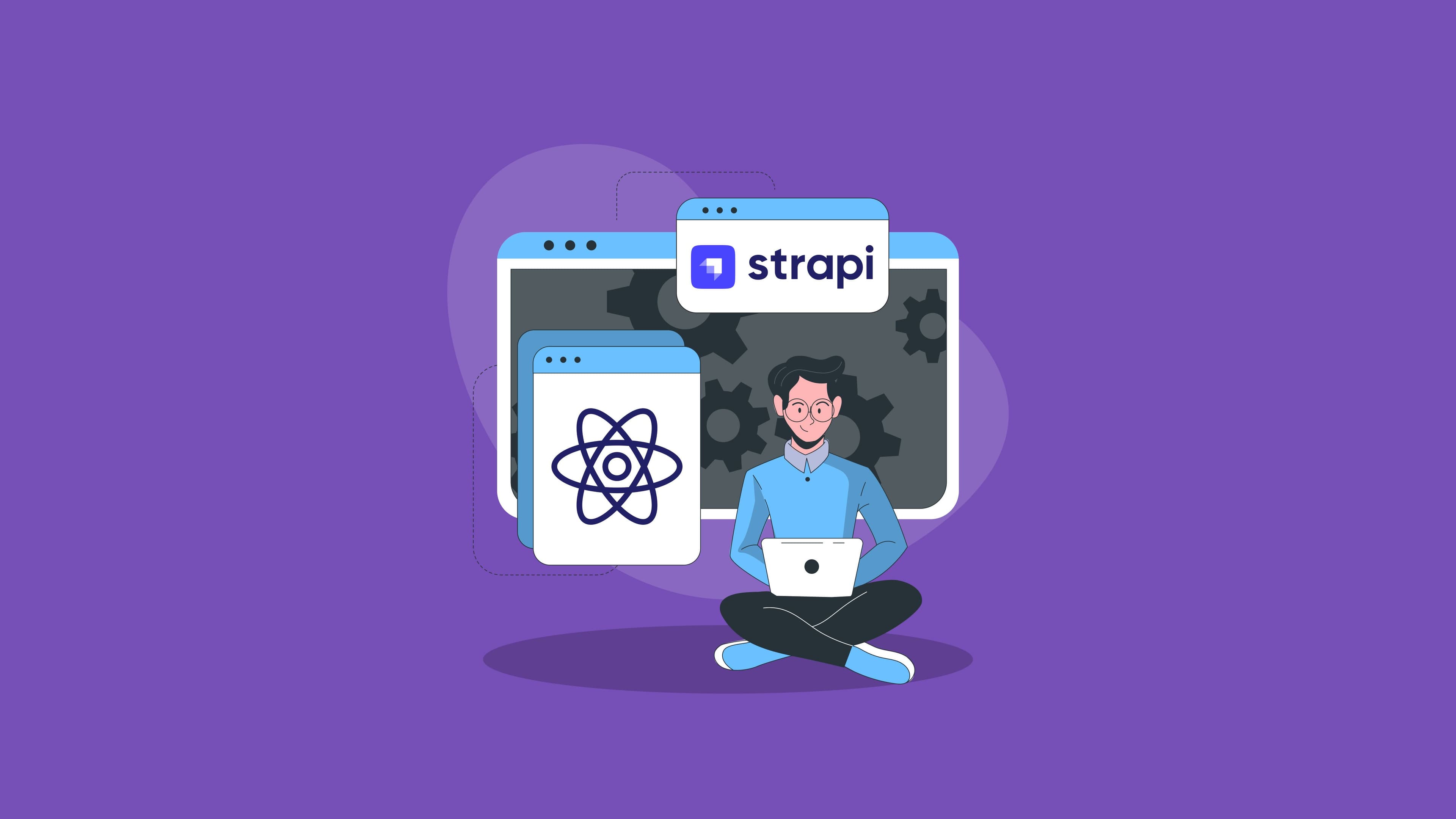How to Optimize Performance of Strapi-Powered Websites and Applications
- Software Development

In today's digital landscape, website development is crucial in establishing a strong online presence. With the increasing demand for dynamic and interactive web applications, developers constantly seek efficient ways to accelerate development. This is where Strapi and React.js come into the picture. By combining the power of Strapi, a headless CMS, with the flexibility of React.js, developers can create robust and scalable websites. In this article, Kapsys will explore how to accelerate website development with Strapi and React.js and delve into the importance of performance optimization for Strapi-powered websites.
Why is Performance Optimization Important for Strapi-Powered Websites and Applications?
Strapi is a headless CMS that provides a flexible content management system for websites and applications. It separates the content management capabilities from the front-end presentation, allowing developers to focus on building exceptional user experiences. However, as the complexity of websites and applications increases, performance optimization becomes crucial for delivering a seamless user experience. Here's why performance optimization is essential for Strapi-powered websites:
1. Improved User Experience: Performance optimization ensures your website or application loads quickly, reducing bounce rates and keeping users engaged. Slow-loading websites frustrate users, leading to a negative perception of your brand.
2. Enhanced SEO Ranking: Search engines consider website performance as a ranking factor. Optimizing your Strapi-powered website helps search engines crawl and index your content more effectively, potentially improving your SEO rankings.
3. Increased Conversion Rates: A fast and responsive website creates a positive user experience, increasing the likelihood of conversions. Optimizing performance can lead to higher conversion rates and improved business outcomes.
Optimizing Strapi Server-side Performance
To accelerate website development with Strapi, optimizing server-side performance is essential. Here are a few strategies to enhance server-side performance:
1. Caching: Implementing caching mechanisms like Redis or Varnish can significantly improve response times by serving cached content instead of making repeated requests to the server.
2. Database Optimization: Strapi relies on a database to store and retrieve content. By optimizing database queries, indexing data appropriately, and ensuring efficient database configurations, you can reduce response times and enhance server-side performance.
3. Horizontal Scaling: If your Strapi-powered website experiences high traffic or has complex data processing requirements, consider scaling horizontally by distributing the workload across multiple servers. Load balancers can help evenly distribute requests, improving response times and overall performance.
Optimizing Front-end Performance
In addition to server-side optimization, front-end performance is equally crucial for delivering a seamless user experience. Here are some strategies to optimize front-end performance in Strapi-powered websites:
1. Code Minification and Bundling: Minify and bundle your JavaScript and CSS files to reduce file sizes. This minimizes the number of requests made to the server and speeds up the loading time of your website.
2. Image Optimization: Compress and resize images to reduce file size without compromising quality. You can use tools like Kraken.io or Cloudinary to automate image optimization in your Strapi workflow.
3. Lazy Loading: Implement lazy loading for images and other assets to load them only when they become visible on the screen. This technique reduces the initial page load time and improves perceived performance.
Monitoring and Measuring Performance
Monitoring and measuring your Strapi-powered website's performance is vital to ensure ongoing performance optimization. Here are some tools and techniques to help you with performance monitoring:
1. Performance Testing: Use tools like Lighthouse, WebPageTest, or GTmetrix to evaluate the performance of your website. These tools provide insights into areas that require optimization, such as page load times, resource sizes, and server response times.
2. Error Logging: Implement error logging to identify and address performance issues. Tools like Sentry or Rollbar can help you track and analyze errors in real time, enabling you to resolve them proactively.
3. Real-time Analytics: Use tools like Google Analytics or Matomo to gather valuable performance data, including user behavior, page load times, and conversion rates. Analyzing this data can help you identify bottlenecks and make informed optimization decisions.
Conclusion
Strapi and React.js provide a powerful combination for accelerating website development. By optimizing both server-side and front-end performance, you can create fast, responsive, and user-friendly Strapi-powered websites. Performance optimization improves user experience, enhances SEO rankings, and increases conversion rates. Additionally, monitoring and measuring performance allows you to continuously improve your website's performance and identify areas for optimization. Embrace the power of Strapi and React.js, and unlock the potential to build high-performing websites that delight users and drive business success.


